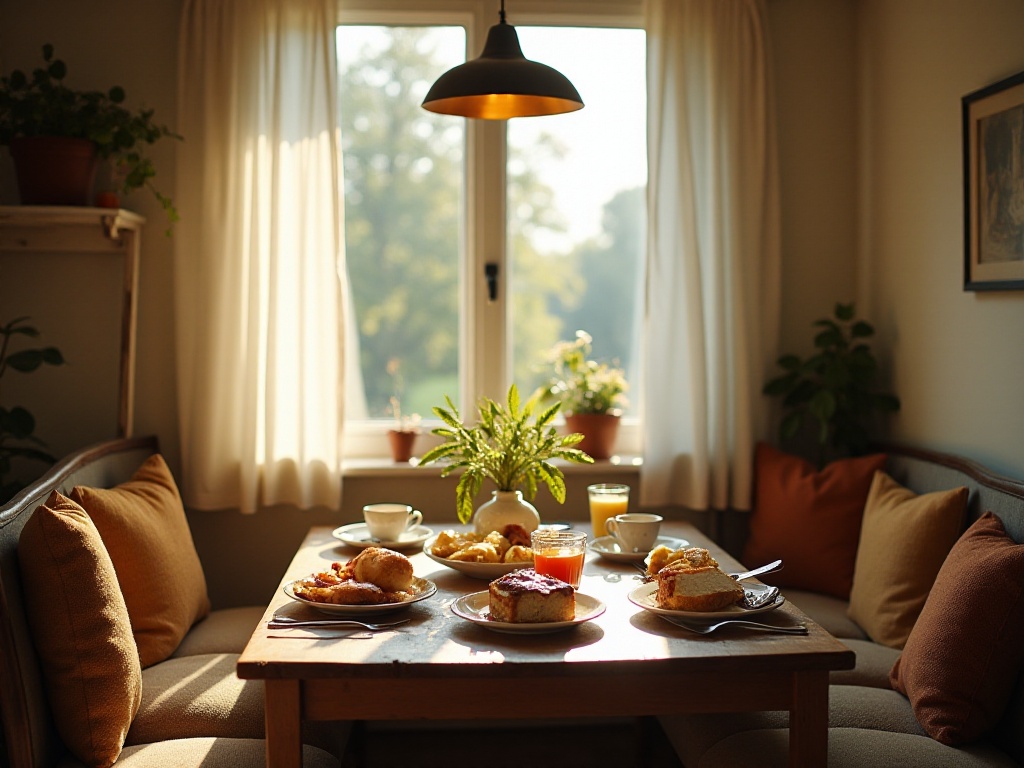Opening Chat
As someone born after 1995, I truly understand the dietary struggles of young people today. Scrolling through Xiaohong Book and Bilibili, we're bombarded with health diet information - "control your carbs," "meet your protein goals," "balance your fats" - it's overwhelming! Not to mention tracking calories and calculating nutrient intake, which can feel suffocating. But as a foodie who's been obsessed with food since childhood, today I'm sharing a method to easily achieve nutritional balance - the rainbow diet method. It's super simple, I promise you'll get it right away!
The Rainbow Principle
When it comes to rainbow eating, don't think it's just about stuffing your mouth with colorful foods. That's what I thought when I first encountered this method. It wasn't until I studied it systematically that I discovered there's much more to it.
Many people might not know that food colors actually hide secrets. Take red foods for example, like tomatoes, strawberries, and red peppers - they're rich in lycopene, which is a super antioxidant hero, and they're also high in vitamin C. When I used to stay up late for deadlines, my skin was in terrible condition, but after consistently eating some red foods every day, my skin improved noticeably.
Orange and yellow foods are even more interesting. Carrots, pumpkins, oranges - they look sunny and energetic, and their beta-carotene and vitamin C content is amazing. I had a friend who used to catch colds frequently, but after developing the habit of eating orange-yellow foods daily, their immunity improved significantly.
As for green vegetables, they're the top stars in the nutrition world! Broccoli and spinach are rich in folic acid and iron, which is a blessing for us office workers who sit for long hours and strain our eyes. Then there are purple eggplants and blueberries, whose anthocyanins are not only good for the brain but are said to delay aging - isn't that the perfect anti-aging weapon for those of us who worry about wrinkles every day?
Practical Guide
Breakfast Colors
I remember when I first tried rainbow eating, I really shocked my roommate. My usually casual breakfast transformed into an Instagram-worthy feast: a slice of whole wheat bread (brown) as the base, topped with a perfect fried egg (yellow), accompanied by fresh spinach (green), and garnished with cherry tomatoes (red). Not only is it nutritionally balanced, but it doesn't even need a filter for social media posts!
Looking at such a breakfast every morning really improves my mood. Plus it's super filling - no more feeling starved before 11 AM like before. Most importantly, this combination requires no brain power - just match the colors and you're good to go.
Lunch Combinations
When it comes to lunch, that's my masterpiece. My lunch box is definitely the most eye-catching in the office! Brown rice (brown) as the base, stir-fried broccoli (green), diced carrots (orange), and pan-seared salmon (pink) make a perfect combination. Not only does it look good, but the nutrition is also perfect. Every time I take out my lunch box, I get envious looks from my colleagues.
Moreover, this combination is super practical - it only takes 15 minutes the night before to prepare lunch for the next day. No more daily dilemmas about what to eat, and it's both economical and healthy. I calculated that since I started bringing lunch, I've saved at least 600 yuan per month on takeout!
Advanced Techniques
Ingredient Shopping
Shopping is truly a technical skill. I specifically arrange every Sunday afternoon for grocery shopping, and here's a little trick I've figured out: imagine you're choosing paints while holding your shopping basket - you must collect at least 5 different colors.
For example, this week I bought: red peppers (great for stir-frying and raw snacking), cucumbers (refreshing when sliced in water), purple cabbage (perfect for salads), white radish (essential for soup), and oranges (afternoon fruit snack). With these at home, it's super easy to put together nutritionally balanced meals.
I've also found that shopping by color not only makes shopping more organized but also prevents buying too many similar ingredients. I used to often buy too many leafy greens that would turn yellow before I could use them - that never happens anymore.
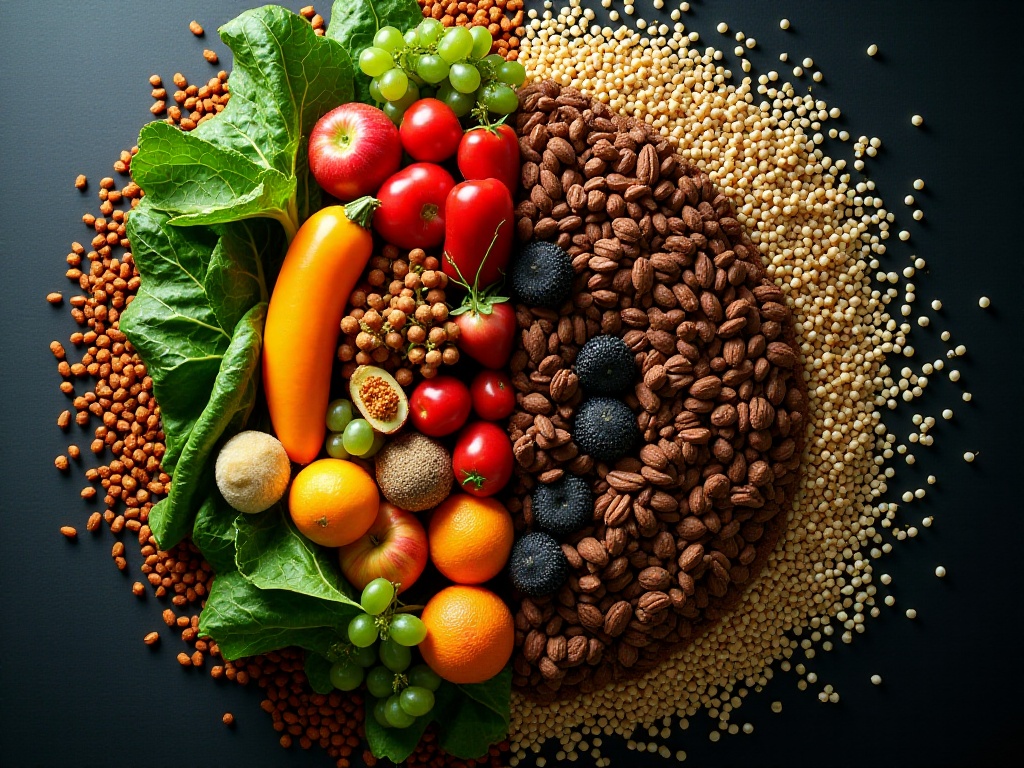
Storage Tips
I know many people, like me, worry about fresh produce going bad. But I've developed a set of stockpiling secrets, including some long-lasting ingredients for emergencies:
Red essentials: Tomato sauce (super convenient for pasta), canned red kidney beans (high in protein, perfect for quick meals).
Green stockpile: Frozen peas (ready to heat and eat anytime), frozen broccoli (excellent preservation with minimal nutrient loss).
Yellow reserves: Canned corn kernels (great for salads and soups), pumpkin puree (nutritious, good for breakfast).
Purple collection: Seaweed (great source of iodine), dried purple sweet potato (healthy snack).
This storage method is not only worry-free but can also save the day in emergencies. For instance, if you work late and have run out of fresh vegetables, you can quickly put together a nutritionally balanced dinner with these reserves.
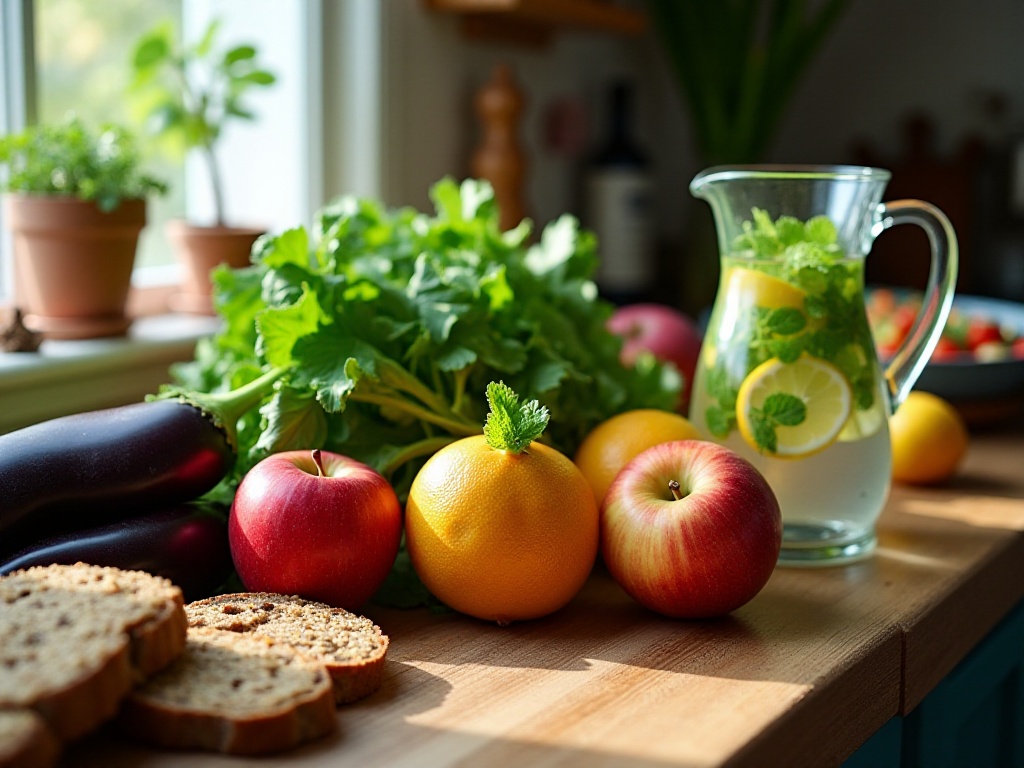
Scientific Basis
Although we young people might not love hearing about professional nutrition theory, there are some things we should understand. Why should we eat so many different colored foods? I researched a lot and found there's scientific evidence behind this.
Studies show that if we eat 25 different plant-based ingredients daily, our gut microbiome diversity significantly increases. In simple terms, the more colorful our diet, the healthier our digestive system. You might have noticed that many times when you're in a bad mood, have poor skin, or get sick easily, it's actually related to gut health.
There's another interesting discovery: different colored foods contain different nutrients. For example, my favorite tomatoes contain lycopene, which can reduce the risk of prostate cancer by about 20%. The beta-carotene in carrots can boost immunity by about 30% - that's why my friend who was prone to colds became stronger after eating orange foods.
What excited me most was the lutein in green foods, which can increase eye protection by about 40%. For us office workers who stare at computer screens all day, this is truly a godsend!
Common Misconceptions
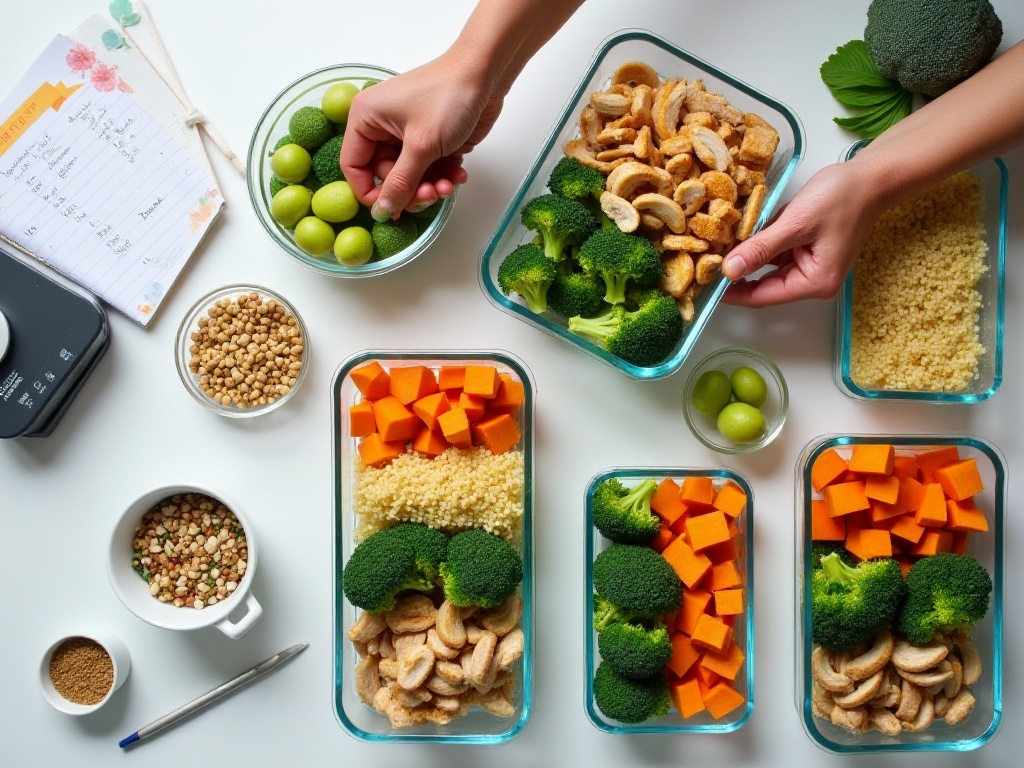
Darker is Better?
Here, I must mention a mistake many people make. I used to think that darker colored foods must be more nutritious, but it turns out that's not the case at all.
Take mushrooms for example - although they look plain white and unremarkable, their potassium and vitamin D content is unmatched by many vegetables. And garlic, though ordinary-looking, is amazing for its antibacterial and immune-boosting effects. When I have a cold, I love making garlic soup, and I usually feel better the next day.
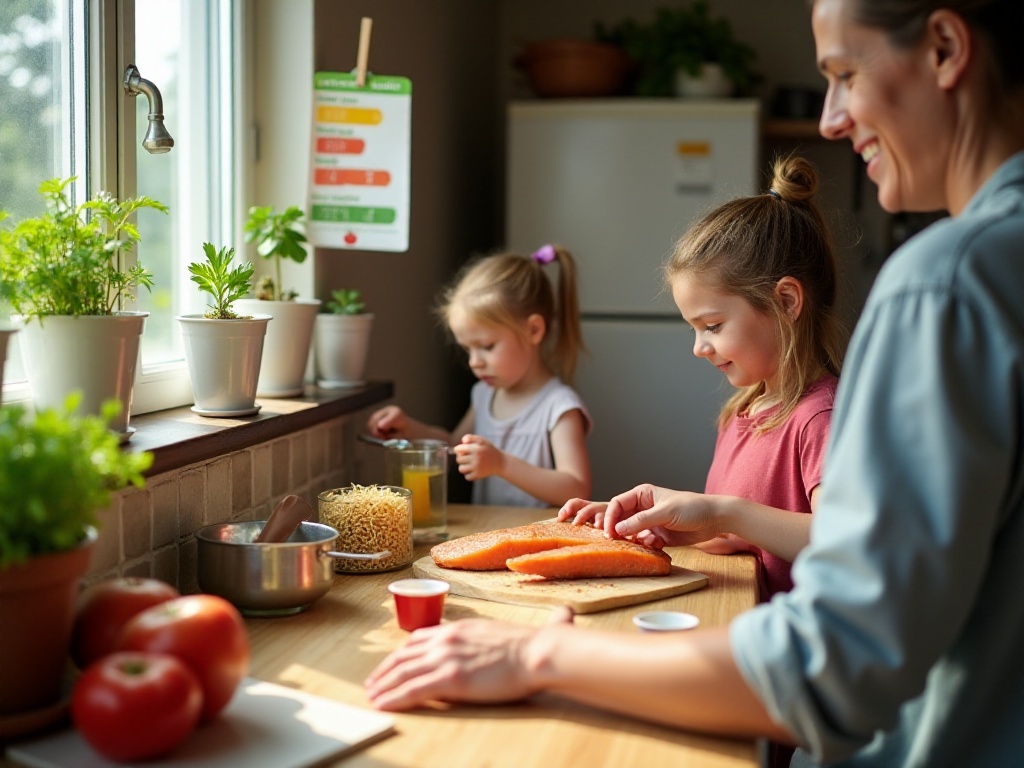
Everything in One Meal?
Another misconception is thinking you need to include all rainbow colors in every meal. I thought this way when I first started, but it made things very stressful. Later I realized there's no need to be so strict.
Now I plan on a weekly basis. For example, Monday's lunch might focus on green and red foods, while dinner includes more orange and purple foods. Tuesday's breakfast might emphasize yellow foods, while lunch supplements with white foods. This approach not only reduces pressure but also makes the diet more diverse.
Practical Advice
If you want to try the rainbow diet method, I suggest starting with these points:
First, develop a habit of eating one red fruit or vegetable daily. It could be a cherry tomato in the morning, tomato and egg stir-fry for lunch, or an apple in the evening - there are many choices, the key is consistency.
Second, lunch and dinner must include green vegetables. Whether it's stir-fried greens or cucumber salad, the vitamins and minerals from green foods are irreplaceable.
Third, snacks should be nutritious too. Instead of eating nutritionally empty snacks, try purple fruits like grapes or blueberries. They're not only delicious but also provide antioxidant anthocyanins.
Finally, choose whole grains for staple foods. Brown rice, oats, whole wheat bread - these brown staples are high in dietary fiber, keeping you full while helping prevent weight gain.
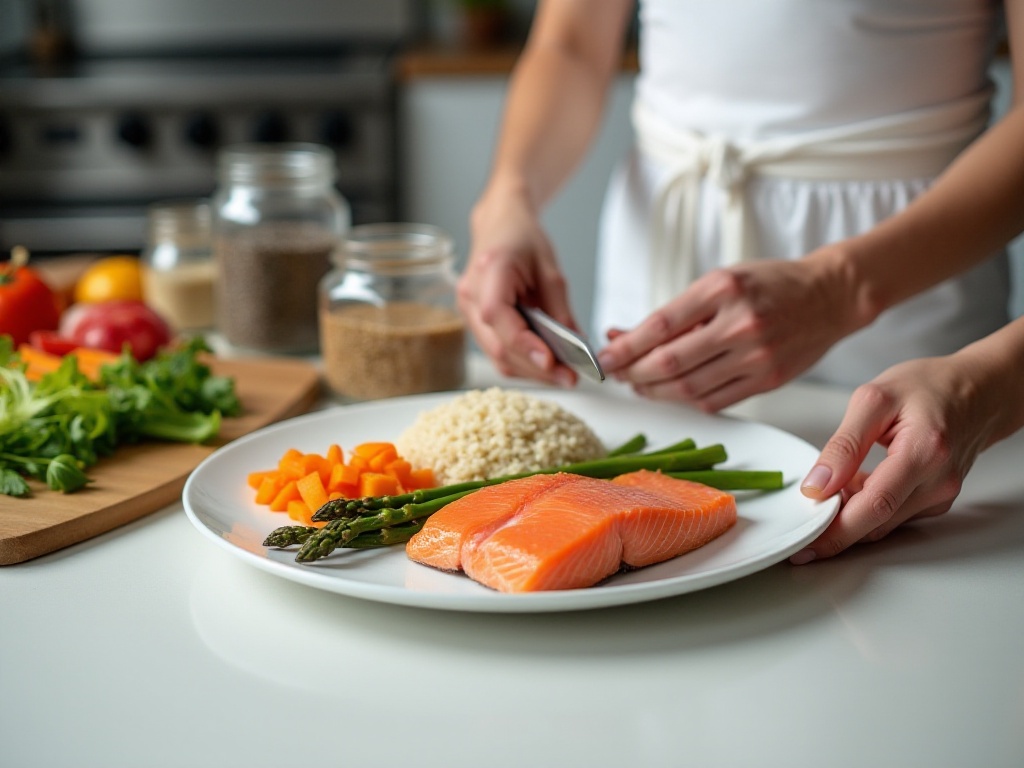
Final Thoughts
Through practicing the rainbow diet method, I've truly realized that healthy eating isn't difficult at all - the key is finding the right method. It's like painting - once we master the technique of color mixing, we can create beautiful works.
Nutritional balance is the same - we don't need to calculate nutrient intake like solving math problems, but rather learn to enrich our plates with different colors. Through this simple and intuitive method, we can easily achieve nutritional balance.
Just like the life we pursue, healthy eating should be colorful. I hope everyone can find their suitable eating style and make health an easy and enjoyable life attitude. After all, life is short - why not eat the rainbow!







